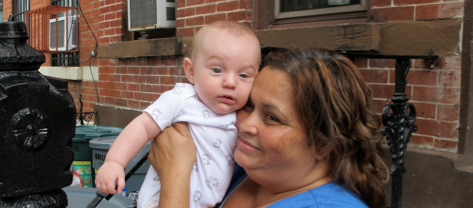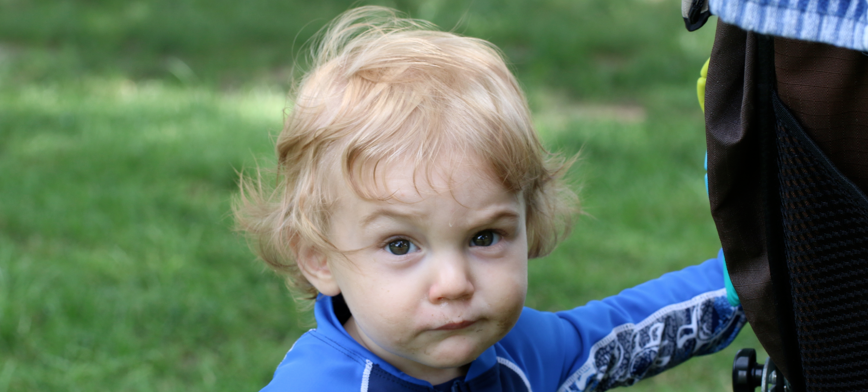The Facebook post status read as follows: “I like child poverty in America. We would be considered rich anywhere else.” I happen to know the author carries a load of college debt. And here’s what a highschool friend living in Marietta, Georgia, posted in response: “Today my daughter complained that she didn’t want cereal for breakfast. So I said we have toast, eggs, granola bars, milk … and those irritated her, too. I wished I could take her on a field trip to Haiti.”

I shuttered at their irreverence, but my contrarian side took the bait, and I wanted to know if we’re really as poor as people tell us? How bad do the poor really have it in the United States compared with the rest of the world? My research, while brief, brought some interesting facts to the surface.
The news constantly tells child poverty in America is on the rise

Riveting headlines read that child poverty in America is on the rise, spinning out of control even. But it is important to understand what poverty means in the United States, both to understand the severity of the matter and to focus assistance where it can be most helpful. As always, sensational news motivates us but the facts are more nuanced than most people think.
Indeed, the news on child poverty in America is bleak. The United States (http://www.npc.umich.edu/poverty/) determines poverty using annual family income thresholds issued by the Census Bureau. The most recent US Census denotes that in 2010 there were 15.1% of us living in poverty. With those statistics in mind most Americans (58.5%) will spend at least one year below the poverty line at some point between ages 25 and 75. But why, then, if most of us know poverty do so many of us also live so well, with cars, houses, multiple televisions and other creature comforts? Well, the answer may be because we don’t actually own those things – debt is not considered when calculating assets. Furthermore, forward economic mobility has succeeded during the past two decades, according these experts, with more than half of taxpayers in our country advancing their income substantially.
Defining child poverty in America is flawed
The other problem is that the calculation used to determine the line for child poverty in America is flawed. Although the thresholds are updated annually to account for inflation, the methodology for calculating child poverty in America has not changed since the 1960s while at the same time welfare has proliferated, especially for those working poor and those retired. (Social security and Medicare are both considered welfare for the sake of these arguments.) A senior citizen is considered impoverished at the $10,458 income threshold, for instance, because the determination may not include his or her financial assets. This means that those who report no income, according to our government standards, are impoverished. During the economic downswing when investments returns failed, for instance, statistical poverty skyrocketed. Furthermore, other government benefits that assist low-income families – food stamps, Medicaid, Medicare, housing and child care assistance – are not taken into account in these studies either. The indication here is that our country’s impoverished seem to have a lot of support not being accounted for.
Neglect that causes child poverty in America needs to be addressed separately
But what about neglect of the old and infirm, or from parents who deprive children of basic necessities? Dependency and mental health problems, particularly, are the primary cause of neglect. So child poverty in America, as a result of neglect, does not usually indicate a lack of access to food, education, money or housing, the basic indicators of being poor. Blaming a lack of available healthcare does not, in itself, suggest poverty either. Many spiritual organizations in this country discourage modern medicine for its followers, for instance. Which brings us to education.
If obesity is the biggest indicator of poverty in this country, should we still call it poverty?
In addition to lacking financial resources, healthcare and education, who qualify as poor would, presumably, also be lacking food and housing. But the food argument is bordering on the absurd given that our country’s epidemic is one of obesity, not deprivation. It’s no small point that being impoverished does not mean undernourished. In fact, the Food and Agricultural Organization of the United Nations (FAO) reports that undernourishment is statistically nonexistent in the United States. Save The Children, a global organization responding to the needs of the poor, describes growing up poor here as being developmentally challenged, having no books at home, or being overweight or obese. That is not child poverty.
Our metrics are very different than how much of the world calculates poverty
Given that our poor are not undernourished and our impoverished have access to unreported resources, healthcare and education, is it accurate to call these people poor when, in fact, they are living a standard of living which provides for all their needs? A better measurement of child poverty in America The Air Conditioner Yardstick Theory: You are not poor if the air conditioner is running. My mom determined that we roll down the windows to conserve gasoline during the dog days of my South Carolina youth. That made me feel poor. Yet I remember driving past the public housing projects with window units running. Most public housing projects in the South have them. Last summer the Ann Arbor, Michigan, City Council struggled to come to terms with the increasingly hot summers stifling their economically challenged citizenry living in their public housing. “One of the things I personally am concerned about is we don’t have air conditioning in any of our units except our high-rises.” That’s what Jennifer Hall, the city’s Housing Commission director, told members of the Ann Arbor City Council. (http://www.annarbor.com/news/public-housing-struggles-lack-of-air-conditioning-one-of-many-problems-cited-by-ann-arbor-housing-co/)
And what about the imprisoned? Arguably the strictest and most feared prison system in the United States is in Texas. Yet, current Texas law requires county jails to maintain temperatures levels between 65 and 85 degrees. That law does not apply to state prisons, but two lawsuits are now challenging that. death row inmates shouldn’t expect to avoid the hot seat, however. Texas still kills more killers than any other state. ttp://www.nytimes.com/2012/06/27/us/two-lawsuits-challenge-the-lack-of-air-conditioning-in-texas-prisons.html?pagewanted=all)
The necessity of air conditioners for America’s impoverished and imprisoned may be debatable, but our country’s increased allocation of resources to pay for it is not. Consider that between 1993 and 2005 energy consumed by Americans’ air conditioning doubled. It leapt another 20 percent by 2010. In fact, we use more electricity for cooling than the entire continent of Africa consumes for all purposes, with more than 100 million homes outfitted for cool comfort. (http://www.guardian.co.uk/environment/2012/jul/10/climate-heat-world-air-conditioning)
What has become apparent in research is that we have a standard of living versus quality of living dilemma when defining child poverty in America. In other words, we’re blaming the quality on the standard, while the facts don’t support the argument. (http://www.investopedia.com/articles/financial-theory/08/standard-of-living-quality-of-life.asp#axzz2M8xRUDUm)
Child poverty in America does exist, but the country should consider that our problems are mostly those of unequal distribution of resources in the country.


